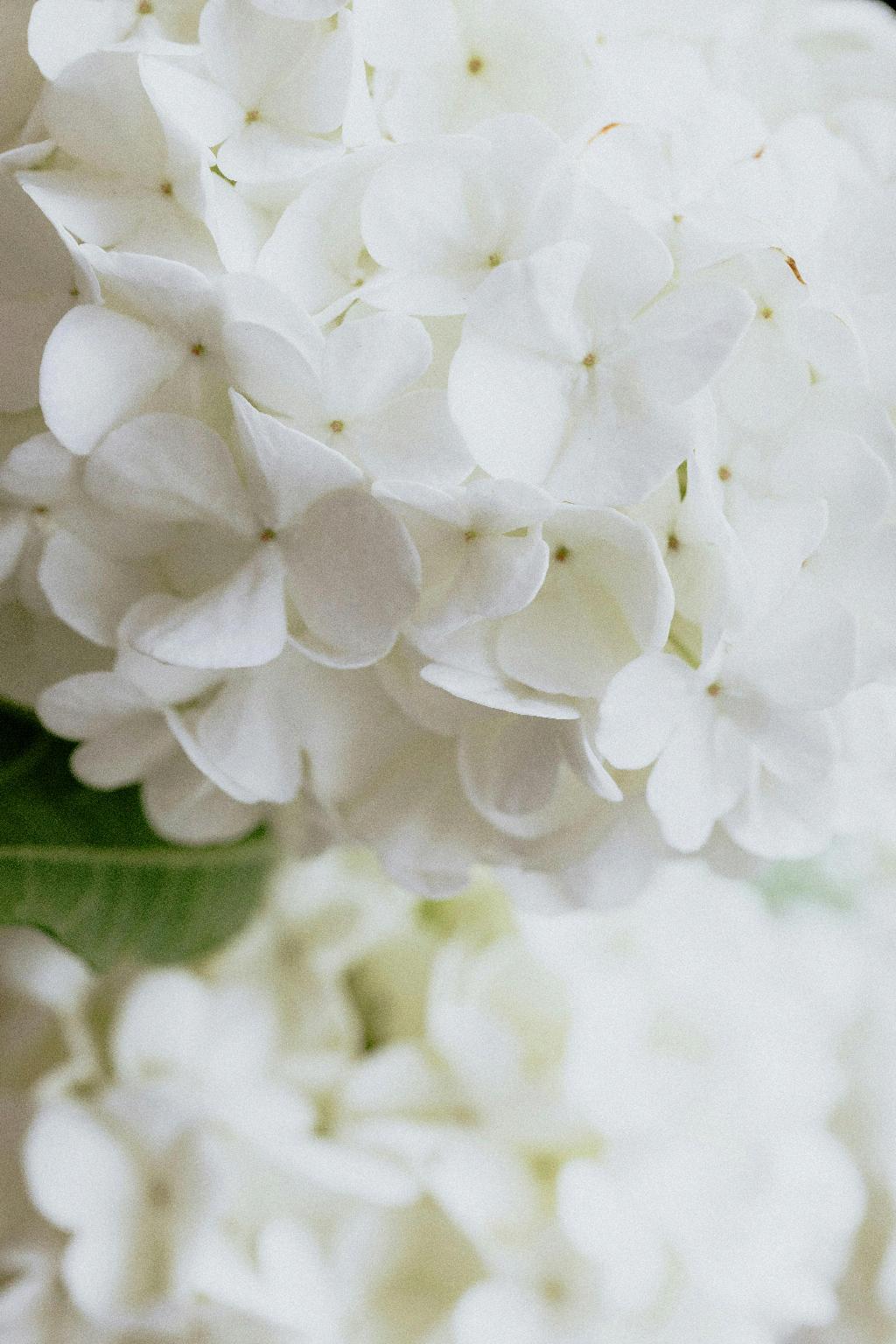When it comes to propagating hydrangeas, planting cuttings is a popular and rewarding method. Whether you want to expand your garden or share your favorite hydrangea variety with friends, learning how to plant a hydrangea cutting can be an exciting journey into the world of gardening.
Choosing the Right Time and Location
Before you begin planting your hydrangea cutting, it’s essential to pick the right time and location. Spring is often considered the best time for planting cuttings, as the soil is warm, and plants are actively growing. Choose a location with well-draining soil and partial shade to ensure optimal conditions for your new hydrangea.
Preparing the Cutting
Start by selecting a healthy stem from an established hydrangea plant. The stem should be young, flexible, and free from any signs of disease or damage. Using sterile pruners, cut a 6-inch section of the stem just below a leaf node.
Applying Rooting Hormone
Applying rooting hormone to the cut end of the stem can help accelerate the rooting process and increase the chances of success. Dip the cut end of the stem into powdered rooting hormone, ensuring it is evenly coated.
Planting the Cutting
Once you have prepared your cutting, it’s time to plant it in a suitable container or directly in the ground. Make holes in the soil that are at least 2 to 3 inches deep, ensuring they are wide enough to accommodate the cutting without disturbing the rooting hormone.
Ensuring Proper Depth
Insert the cutting into the prepared hole so that the potting mix covers the bottom half of the stem and at least two leaf nodes. This helps provide stability and encourages the development of new roots from the exposed nodes.
Watering and Maintenance
After planting your hydrangea cutting, water it thoroughly to help settle the soil and provide essential moisture for root development. Keep the soil consistently moist but not waterlogged, and ensure the cutting is placed in an area with indirect sunlight to prevent stress.
Monitoring Growth and Development
As your hydrangea cutting begins to establish roots, monitor its growth and development closely. Look for signs of new growth, such as emerging leaves and shoots, which indicate that the cutting has successfully rooted and is thriving in its new environment.
Transitioning to the Outdoors
Once your hydrangea cutting has developed a healthy root system and established itself, consider transitioning it to an outdoor location. Gradually expose the plant to outdoor conditions, starting with short periods of time outdoors before planting it in its final growing spot.
Providing Care and Attention
After transplanting your hydrangea cutting, continue to provide it with care and attention to encourage healthy growth. Regular watering, fertilizing, and pruning can help your hydrangea thrive and produce beautiful blooms for years to come.
Enjoying the Fruits of Your Labor
By following these steps and being patient and diligent in caring for your hydrangea cutting, you can enjoy watching it grow into a beautiful and vibrant plant. Whether you choose to keep it in your garden or share it with others, the process of planting a hydrangea cutting can be a truly rewarding experience for any gardener.

